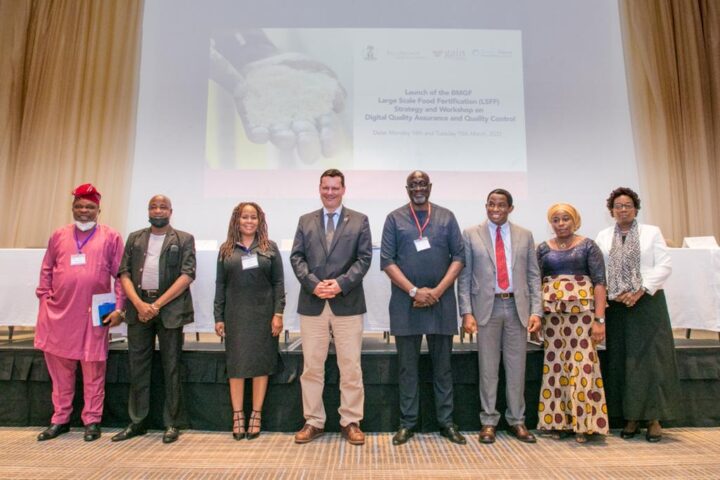At least two-thirds of households with children have lost income since the COVID-19 pandemic hit two years ago.
The United Nations Children’s Fund and the World Bank said this in a joint report published on Thursday.
The report, ‘Impact of COVID-19 on the welfare of households with children,’ presents findings from data collected in 35 countries, including Nigeria.
It stated that households with three or more children were most likely to have lost income, with more than three-quarters experiencing a reduction in earnings.
Advertisement
“This compares to 68 percent of households with one or two children,” UNICEF and the World Bank said in a joint statement.
“Income losses have left adults in one in four households with children going without food for a day or more.
“While adults in nearly half of households with children reported skipping a meal due to a lack of money; around a quarter of adults in households with or without children reported stopping working since the pandemic hit.”
Advertisement
Sanjay Wijesekera, director of programme group, UNICEF, said it is worrying that the modest progress made in reducing child poverty in recent years risks being reversed in all parts of the world.
He said families have experienced loss at a staggering scale.
“While last year inflation reached its highest level in years, more than two-thirds of households with children brought in less money. Families cannot afford food or essential health care services. They cannot afford housing. It is a dire picture, and the poorest households are being pushed even deeper in poverty,” he said.
The report also revealed that children are being deprived of the basics, with children in 40 percent of households not engaging in any form of educational activities while their schools were closed.
Advertisement
The two institutions said the actual participation rate at the individual level is likely even lower, especially for children who come from households with three or more children, given that data is compiled at the household level.
“The disruptions to education and health care for children, coupled with catastrophic out-of-pocket health expenses which affect more than 1 billion people, could put the brakes on the development of human capital – the levels of education, health and well-being people need to become productive members of society,” Carolina Sánchez-Páramo, global director of poverty and equity for the World Bank, said.
“This could lock in increases in inequality for generations to come, making it less likely that children will do better than their parents or grandparents.”
The report called for government assistance to help mitigate the adverse impact of the crisis on households.
Advertisement
It noted that while households with three or more children were the most likely to experience a loss of income, they were also most likely to receive government assistance, with 25 percent accessing this support, compared to 10 percent of households with no children.
It further said prior to COVID-19, one in six children worldwide (356 million) experienced extreme poverty, where household members struggled to survive on less than $1.90 a day. More than 40 percent of children lived in moderate poverty.
Advertisement
Moreso, nearly 1 billion children lived in multidimensional poverty in developing countries, a figure that had since increased by 10 percent as a result of the pandemic.
UNICEF and World Bank called for a rapid expansion of social protection systems for children and their families.
Advertisement
“Support including the delivery of cash transfers and the universalization of child benefits are critical investments that can help lift families out of economic distress and help them prepare for future shocks,” they said.
Advertisement
Add a comment







